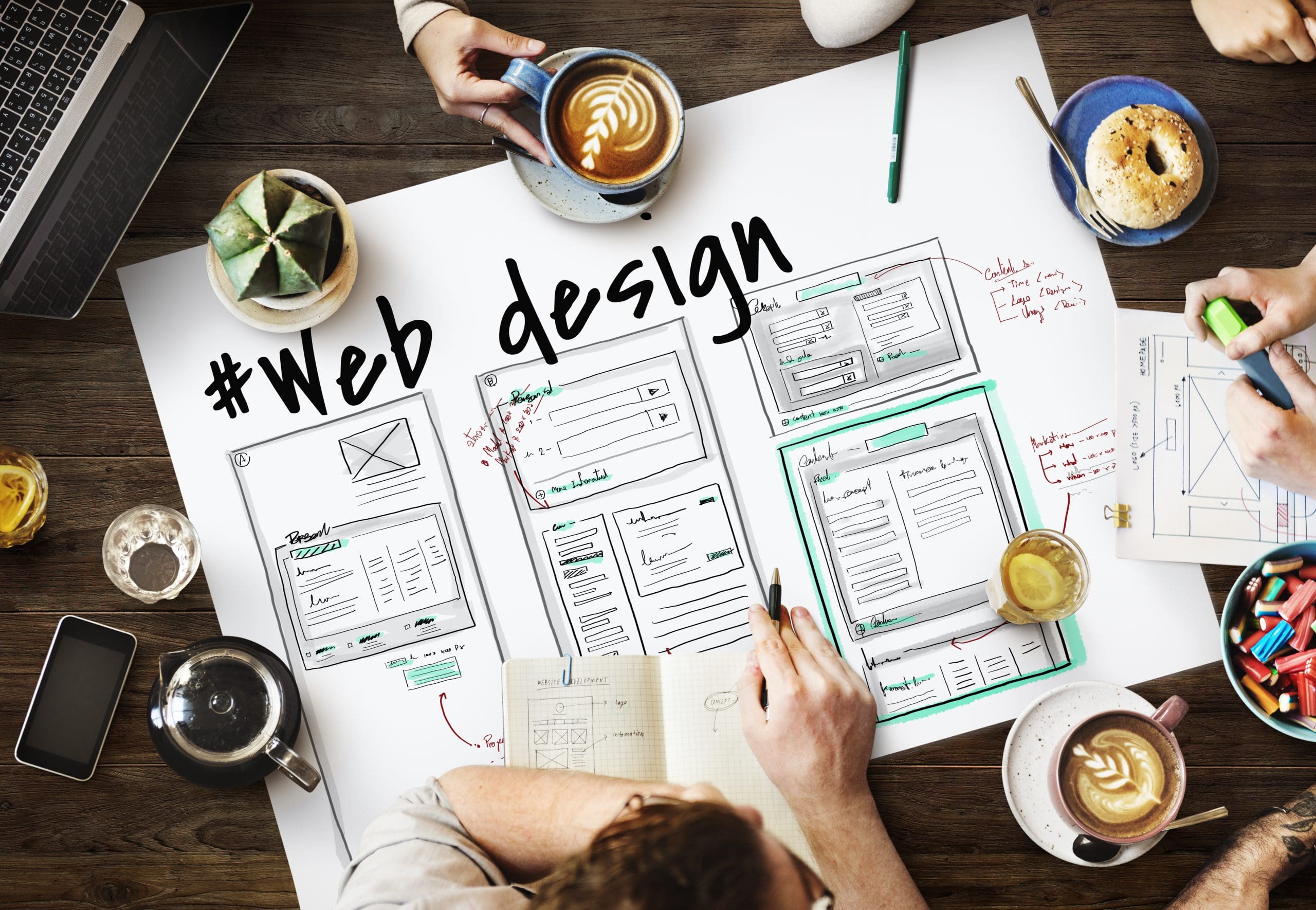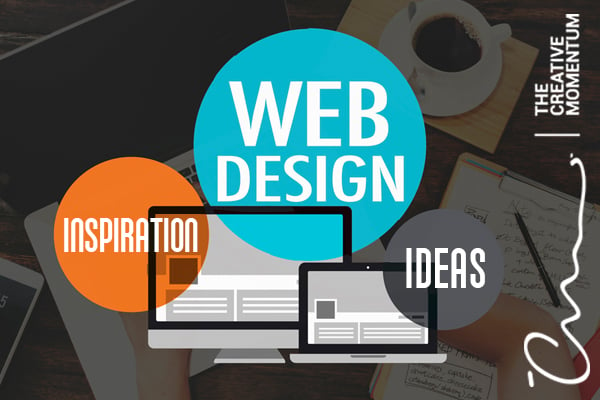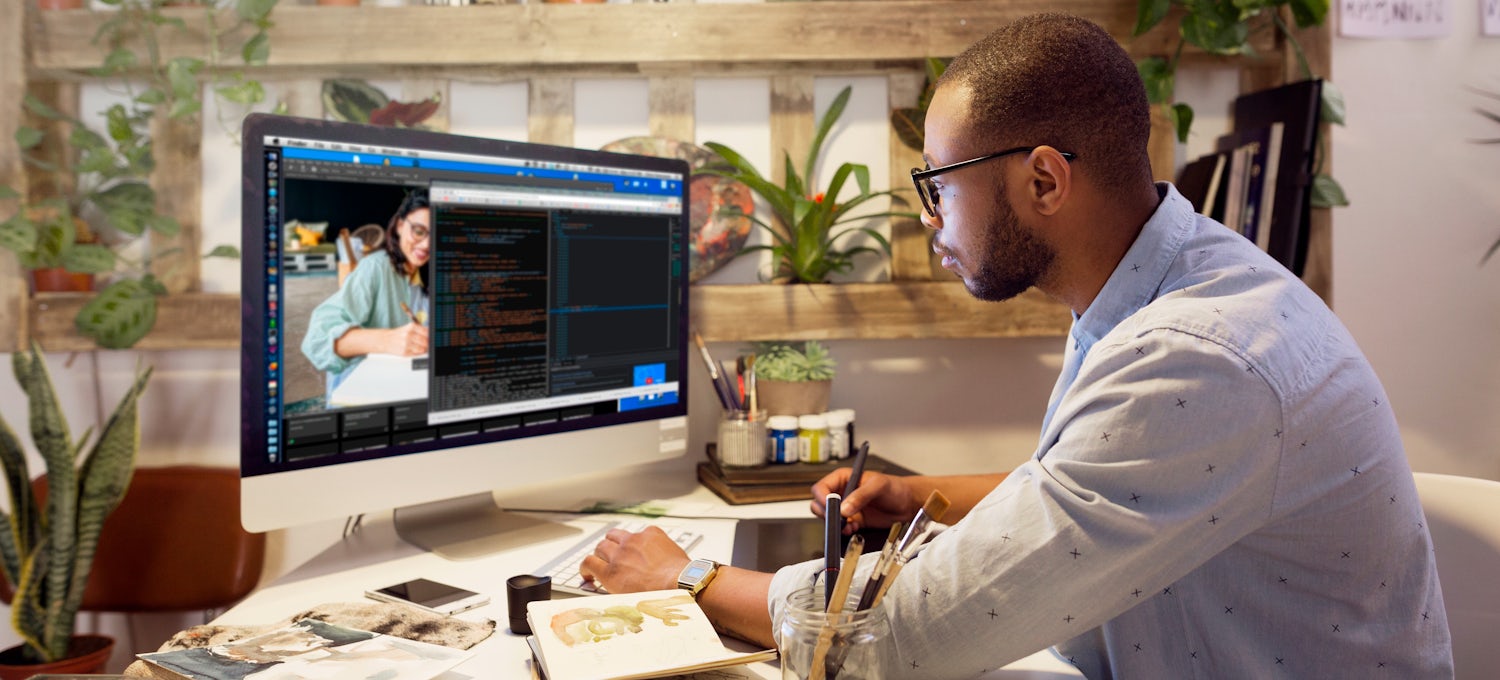The Best Kinds Of Website Design to Enhance Individual Experience and Involvement
In the ever-evolving landscape of electronic communication, the effectiveness of website design significantly influences user experience and engagement. Numerous design methods, such as minimalist, receptive, and interactive formats, each offer special benefits that can satisfy diverse user requirements. Understanding which types of Web layout best offer these goals can be critical for organizations aiming to improve client satisfaction and retention. Nevertheless, the inquiry remains: which design aspects truly resonate with individuals and foster purposeful engagement? The expedition of these concepts discloses crucial insights that may redefine your technique to Web design.
Minimalist Web Layout
As electronic landscapes come to be significantly chaotic, minimal Web style has become a powerful method to enhancing customer experience. This layout ideology focuses on simpleness, concentrating on vital elements while eliminating unneeded disturbances. By using sufficient white space, uncomplicated navigating, and a restricted shade combination, minimalist design cultivates clearness and guides user attention to vital web content.
The core principle of minimal Web layout is to produce a smooth communication for customers. By minimizing cognitive tons, users can quickly understand information without really feeling overwhelmed. This straight method not only boosts functionality but additionally motivates engagement, as site visitors are a lot more likely to discover a site that is aesthetically appealing and simple to browse.
Additionally, minimal design frequently stresses typography and imagery, making use of these elements purposefully to communicate messages efficiently. This concentrate on vital parts can enhance brand name identity and develop a memorable individual experience. Basically, minimalist website design is not simply a pattern; it is a thoughtful technique that recognizes the value of user-centered layout. By removing nonessential components, designers can produce an extra interesting, efficient, and delightful Web experience for all individuals.
Receptive Web Layout
In today's varied digital atmosphere, receptive Web layout has actually come to be essential for producing a smooth customer experience throughout a plethora of tools. As customers access sites on mobile phones, laptops, desktops, and tablets, the capability of a website to adjust its layout and material to different screen dimensions and resolutions is crucial.
Receptive Web style utilizes flexible grids, images, and CSS media questions to make certain that Web content is presented optimally, no matter of the gadget utilized. This approach not only boosts the aesthetic appeal of a website yet likewise considerably improves use. Individuals are much more most likely to involve with a website that offers a constant experience, as it eliminates the frustration of needing to zoom in or scroll exceedingly.
In addition, online search engine, including Google, focus on mobile-friendly sites in search positions. By adopting receptive style, businesses can boost their exposure and reach a broader audience. This strategy likewise streamlines site upkeep, as a single variation of the site can deal with all devices, lowering the need for numerous variations. In summary, responsive website design is an essential practice that enhances customer experience, engagement, and general satisfaction.
Interactive Website Design
Responsive Web design prepares for improving customer experience, but interactive Web layout takes this a step additionally by involving customers in a more dynamic method - Aligned Position Web Design. By incorporating aspects such as computer animations, clickable models, and real-time responses, interactive website design mesmerizes customers, attracting them into a richer browsing experience
This method not only go to these guys fosters interaction but also encourages individuals to check out content actively instead of passively consuming it. Methods such as gamification, where individuals make benefits for finishing jobs, can considerably improve the time spent on a site and improve overall fulfillment. Moreover, interactive attributes can streamline complicated details, making it more enjoyable and absorbable.

Integrating interactive layout elements can likewise bring about higher conversion prices, as users are more probable to engage with a site that proactively involves them. Aligned Position Web Design. Inevitably, interactive Web design changes customer experiences into memorable trips, guaranteeing that site visitors return time and again
Flat Design
Characterized by its minimalistic approach, flat design emphasizes simplicity and functionality, removing unnecessary aspects and concentrating on crucial attributes. This design philosophy focuses on use, guaranteeing that individuals can navigate interfaces easily and effectiveness. By employing a clean aesthetic, flat design eliminates the mess often located in extra ornate styles, therefore boosting user emphasis on material and performance.
The characteristic of level layout exists in its use bold shades, straightforward typography, and geometric forms. These components add to a visually appealing user interface that is both modern-day and friendly. Furthermore, flat layout cultivates a sense of clarity, permitting individuals to discern essential activities and info without interruption.
Furthermore, level style is particularly efficient in responsive website design, as its simpleness equates well across numerous tools and screen dimensions. The absence of intricate appearances and gradients decreases filling times, which is critical for preserving customer interaction. As electronic landscapes continue to evolve, flat style remains an appropriate choice for producing user-friendly internet sites that enhance overall experience. By concentrating on vital functions, flat design not only fulfills customer needs yet likewise motivates smooth interaction, making it an essential part of effective website design methods.
Flexible Web Layout
Adaptive website design customizes the individual experience by producing numerous repaired layouts tailored to various screen dimensions and devices. Unlike receptive layout, which fluidly readjusts a single format, flexible style uses unique formats for specific breakpoints, ensuring ideal presentation on various systems. This technique enables Continue developers to focus on the one-of-a-kind attributes of each device, enhancing functionality by providing exactly what customers need based upon their context.
One of the primary advantages of flexible Web read design is its capacity to enhance load times and performance. By offering customized content and pictures that fit the customer's tool, sites can decrease data usage and boost loading speeds. This is especially valuable for users with slower connections or limited data plans.

Additionally, flexible design facilitates a more regulated and consistent branding experience. Given that developers produce multiple formats, they can guarantee that the visual elements line up with the brand's identification throughout different systems - Aligned Position Web Design. This causes a natural customer experience, improving involvement and advertising individual retention
Final Thought
Minimalist style cultivates clearness and focus, while receptive layout makes certain flexibility throughout different gadgets, advertising access. Collectively, these layout approaches contribute to the production of easy to use settings that not only improve satisfaction however also drive greater conversion rates, highlighting their critical importance in modern Web design methods.

Minimalist style cultivates clearness and emphasis, while responsive design makes sure versatility across numerous gadgets, advertising ease of access. Collectively, these layout approaches add to the development of easy to use environments that not just improve fulfillment however additionally drive higher conversion rates, highlighting their vital importance in modern Web design techniques.